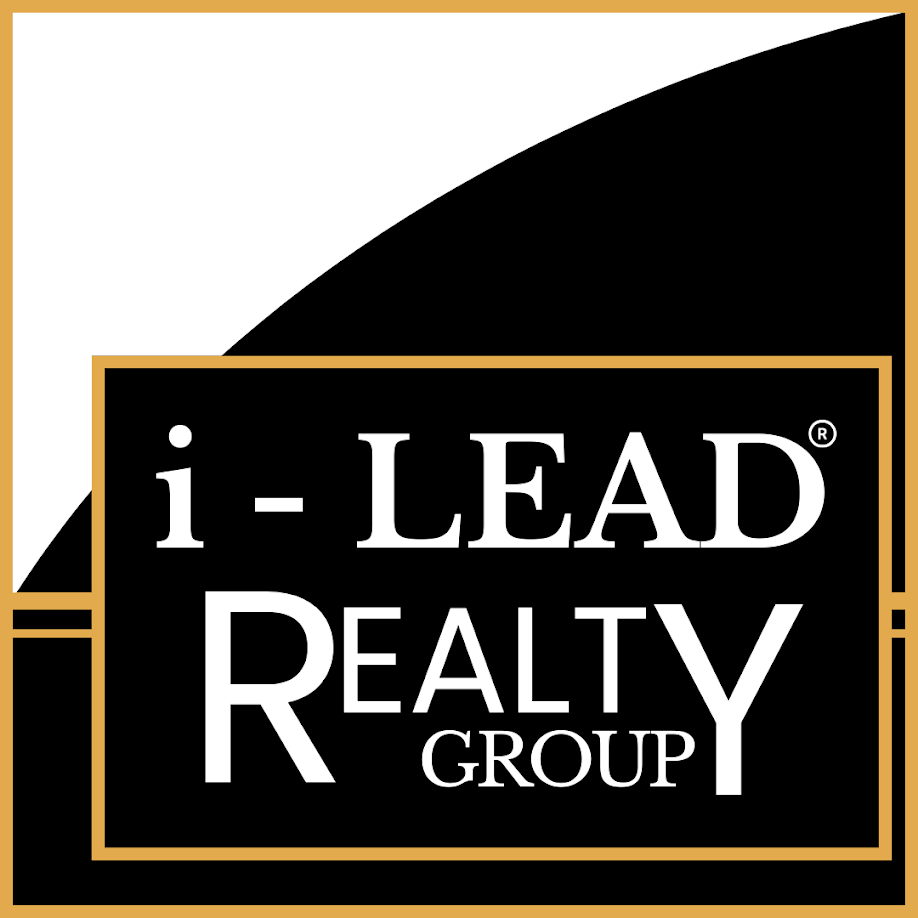History
As early as the mid-1800s, settlers began arriving in what is now Garland. The pioneers found the black soil ideal for cotton and the communities of Duck Creek and Embree thrived on that crop. In 1886, two railroad lines built depots in the area. Eventually those two communities combined and became Garland, officially incorporated in 1891.
Population
Garland has a total area of 57.1 square miles
Garland is the 6th largest city in the Dallas Fort Worth Metroplex
Population: 242,402
Households: 75,439
Demographics
Persons under 18 years: 27.1%
Persons aged 19-64: 61.4%
Persons 65 years and over: 11.5%
Median Age: 34.1
Median Household Income: $76,909
Public Schools
Educating 55,000 students across 72 campuses, Garland ISD ranks as the second-largest district in Dallas County, fifth-largest in Dallas-Fort Worth, 15th-largest in Texas, and is among the 75-largest in America.
Employers
The city of Garland has more than 350 manufacturers, many of which are household names. Garland had a variety of industries, including electronics, steel fabrication, oilfield equipment, aluminum die casting, hat manufacture, dairy products, and food processors. Among others, the city is headquarters to Nutribiotech USA, a global manufacturer of dietary supplements. Some of Garland’s largest employers include: Kraft Heinz Company, Ecolab, Garland Independent School District, Sherwin Williams/Valspar, and US Food Service
https://www.garlandchamber.com/
Entertainment
Garland residents currently enjoy five recreation facilities, four swimming pools, 40 playgrounds, two senior centers, over 2880 acres of parks, a preserve, 73 athletic fields, three greenbelts, 20 miles of trails and beautiful Lake Ray Hubbard. The city also owns the Firewheel Golf Park, a state-of-the-art, 63-hole golf facility consistently ranked as one of the top golf venues in the state.

